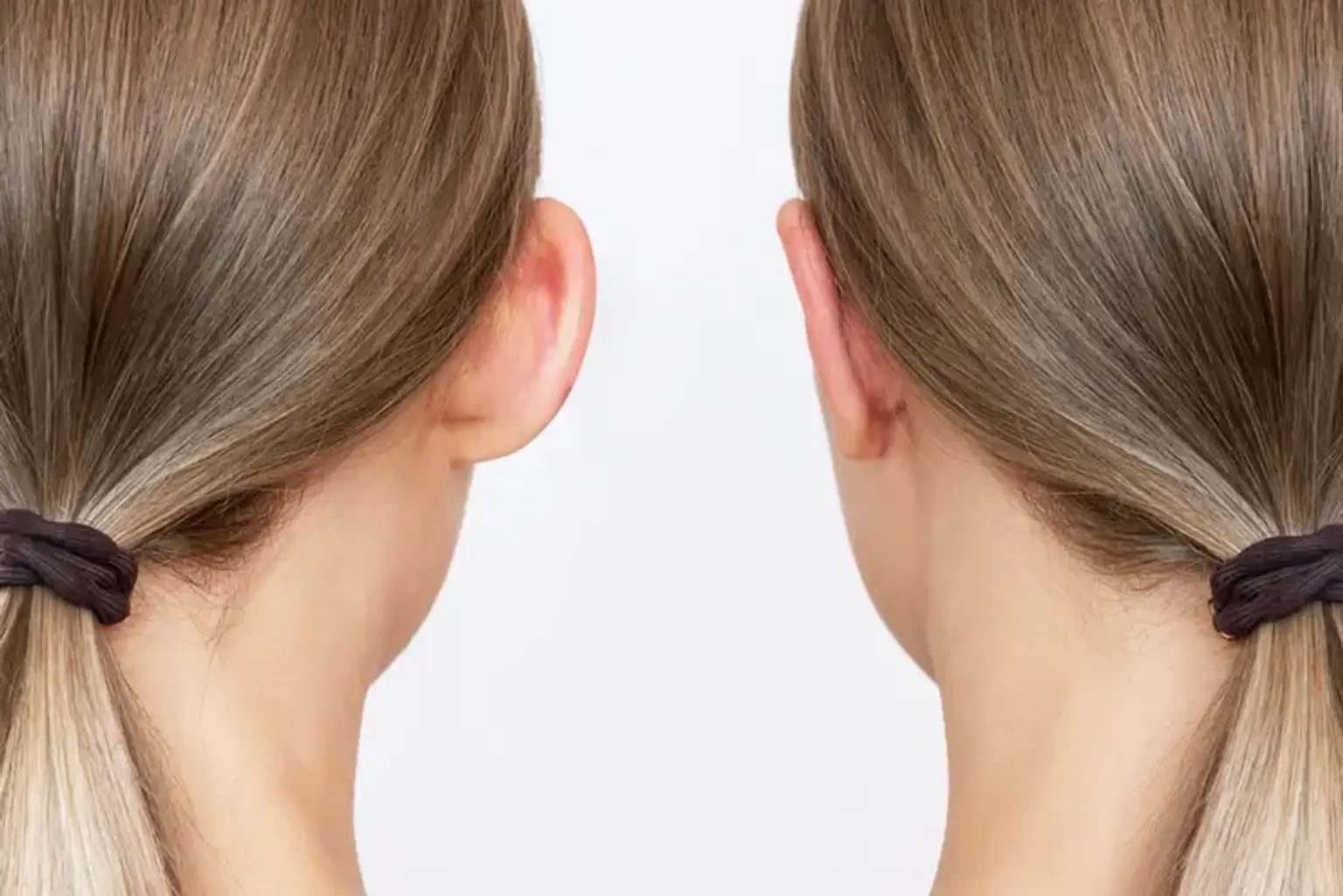Introduction
Otoplasty, also known as ear correction or reshaping surgery, is a cosmetic procedure designed to improve the appearance or functionality of the ears. It is a sought-after option for individuals looking to address congenital deformities, injuries, or purely aesthetic concerns.
The global popularity of otoplasty has led to a wide range of costs depending on the location, with some countries offering high-quality procedures at significantly lower prices. Among these, South Korea has emerged as a leading destination for affordable and reliable otoplasty, thanks to its advanced medical facilities and renowned surgeons.
This article delves into the costs of otoplasty worldwide, offering a detailed comparison of prices by country. We’ll explore why prices vary so significantly, factors influencing costs, and why Korea remains a top destination for those seeking ear correction surgery.
What Is Otoplasty?
Otoplasty is a surgical procedure focused on reshaping, resizing, or repositioning the ears to create a more balanced and natural appearance. Commonly known as ear pinning or ear reshaping surgery, otoplasty addresses issues like prominent ears, asymmetry, or deformities caused by genetics or trauma.
For many patients, otoplasty is more than just a cosmetic procedure—it can significantly enhance self-confidence and overall quality of life. The surgery is commonly performed on both children and adults, and it typically involves reshaping cartilage to achieve the desired outcome.
Patients may seek otoplasty for:
